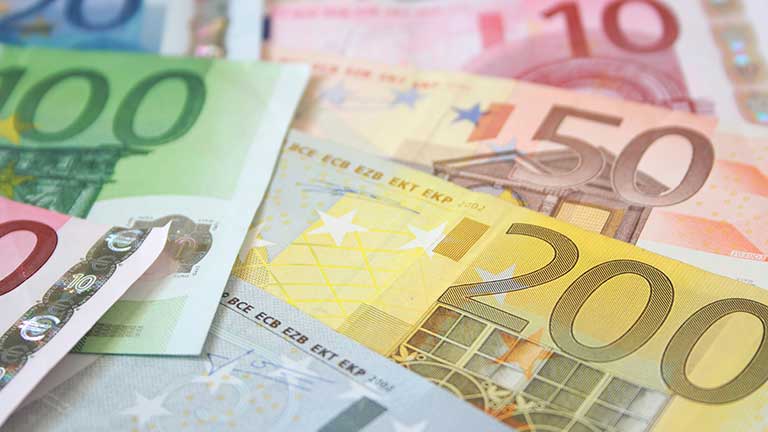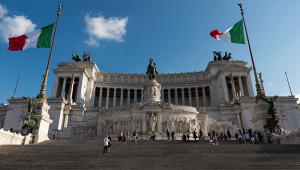Prime minister Paolo Gentiloni announced the cuts, which are worth 0.2% of GDP and set to take place this year, following a cabinet meeting yesterday.
The country has been embroiled in a spat with Brussels over its 2017 budget, which the EU argued was too soft on cutting the deficit and reining in unprecedented public debt, worth 132.6% of GDP last year.
In February, the commission warned Italy it would face disciplinary action if it did not alter its budget plans by April. Under EU rules, member states can’t run deficits above 3% of GDP or public debt above 60%, unless it is declining at a sufficient rate.
It noted that while the country had made “sizeable” progress since 2010, its structural deficit, which does not take into account cyclical or one-off factors, had worsened between 2013 and 2016 as the country eased off on unpopular austerity measures.
But with the commission forcing its hand – and a new caretaker prime minister who is free from the formers’ anxiety over a critical referendum – the country agreed to the necessary measures.
The cuts are exactly equal to the 0.2% of GDP required, are accompanied by a stricter deficit target of 2.1% of GDP rather than 2.3%. This will fall again to 1.2% in 2018.
Gentiloni gave no details on where the funds would be taken from, stating more information would be available in the coming days.
It will mean public debt falls slightly this year, to 132.5% of GDP, the government said. The commission had been predicting an increase in public debt to 133.3% of GDP before the additional cuts had been announced.
Gentiloni said Italy was giving strong reassurance that its accounts were “in order” and following the path of “reforms and growth”, according to a Reuters report.
He revised the growth outlook for this year upwards from 1% to 1.1%, but at the same time wiped 0.3 percentage points off expectations for next year. This put 2018 growth back down at 1% – a rate that will continue through 2019, according to the government.
Italy has been plagued by years of sluggish growth – at 0.9% last year – since the financial crisis, as well as the second highest debt load in the eurozone and a heavy burden of non-performing loans, which have weighed on the country’s banks.














